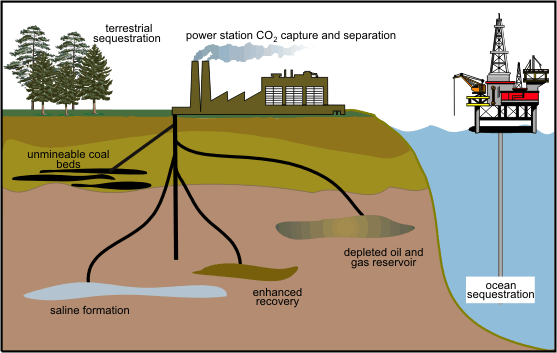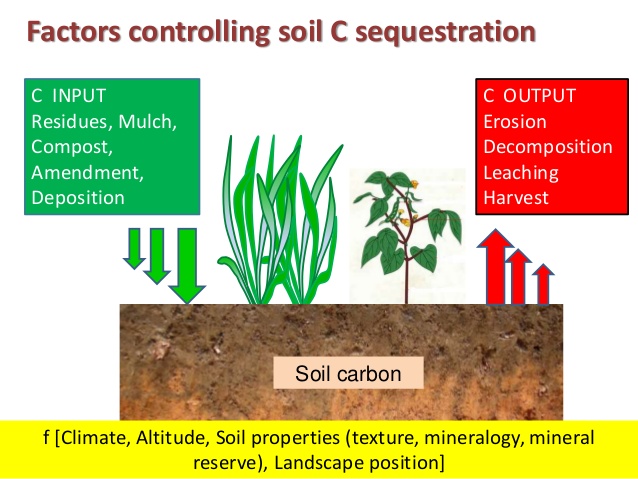7667766266
enquiry@shankarias.in
What is the issue?
The ability of soils to sequester carbon should be given a serious focus by policymakers in the context of climate change actions.
What is carbon sequestration?

What is the need for focussing on soils?
How effective are soils as carbon sinks?
How is it achieved?

What should the government do?
Source: The Hindu